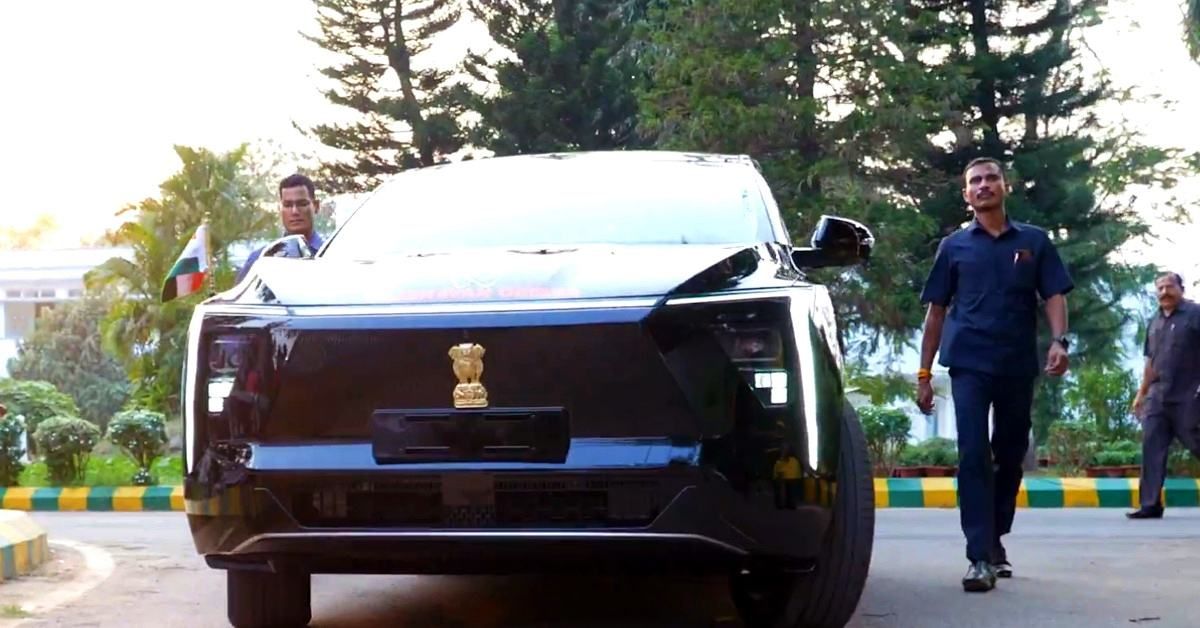1 Out Of 2 Cars In This State Will Be Electric: Ambitious EV Policy Announced


Odisha has unveiled its updated Electric Vehicle Policy 2.0, setting a bold target: 50 percent of all new vehicle registrations in the state should be electric by 2036. This vision, if realised, would place the state among India’s more ambitious clean mobility adopters. The policy also includes subsidies for buyers, manufacturers, and charging infrastructure developers, with a clear focus on creating both demand and supply-side incentives.
The announcement signals Odisha’s intent to play catch-up with other progressive states such as Maharashtra, Delhi, and Tamil Nadu, which have already rolled out aggressive EV adoption policies. But can Odisha, with its relatively modest industrial base and infrastructure, bridge the gap fast enough to meet its target?
At the heart of Odisha’s policy is a comprehensive approach that touches on affordability, manufacturing, charging network expansion, and public transport electrification. The plan proposes capital subsidies for EV manufacturing plants, financial assistance to develop charging stations, and fiscal benefits for vehicle buyers including exemptions in road tax and registration fees.
Two-wheelers, three-wheelers, and commercial vehicles are expected to be the focus initially. The policy includes special provisions to support the conversion of petrol auto-rickshaws to electric ones, and to electrify last-mile delivery vehicles. There’s also an effort to make the public transport system greener, starting with the inclusion of more electric buses.
While the policy is ambitious on paper, Odisha faces several structural challenges. The state's EV adoption levels are currently low, and awareness among buyers is limited, particularly outside the capital Bhubaneswar and a few Tier 2 towns. Charging infrastructure remains sparse, and the high upfront cost of EVs, even with subsidies, deters buyers from low- and middle-income segments.
Moreover, Odisha does not yet have a significant EV manufacturing ecosystem. Unlike Tamil Nadu or Gujarat, which host plants for Ola Electric, Ather, or Tata Motors, Odisha’s auto industry is still emerging. This means the state will have to work harder to attract investments and offer a compelling value proposition to manufacturers, especially at a time when other states are offering better logistics, supply chains, and established vendor networks.
Despite these constraints, Odisha does enjoy a few tailwinds. Power supply in most urban areas is reliable, and the state has surplus electricity generation. Land costs are lower than in most western states, which could help attract manufacturing and warehousing investment. There’s also increasing interest from small local entrepreneurs to venture into e-mobility services, such as e-rickshaw fleets and low-speed e-scooter dealerships.
The state’s coastal towns also present a solid use case for short-range EVs due to compact geographies and rising fuel costs. If the policy rollout is paired with high-visibility awareness campaigns and easy financing options for low-speed vehicles, Odisha could see faster early adoption in these zones.
With 2036 as the target year, Odisha has a 12-year runway to meet its 50 percent EV registration goal. This may seem generous, but policy momentum in the EV space is often lost without sustained political and administrative focus. To avoid this, the state must roll out the policy in time-bound phases, build accountability through annual targets, and enable real-time tracking of charging point installations and vehicle registrations.
Odisha’s new EV policy is a statement of intent that aligns well with India’s broader decarbonisation goals. However, the true test will lie in execution. Without fast-tracking infrastructure, incentivising private investments, and addressing consumer concerns around cost and reliability, the policy risks becoming another ambitious blueprint that fails to translate into impact. But if done right, Odisha could go from policy laggard to surprise front-runner in India’s EV race.